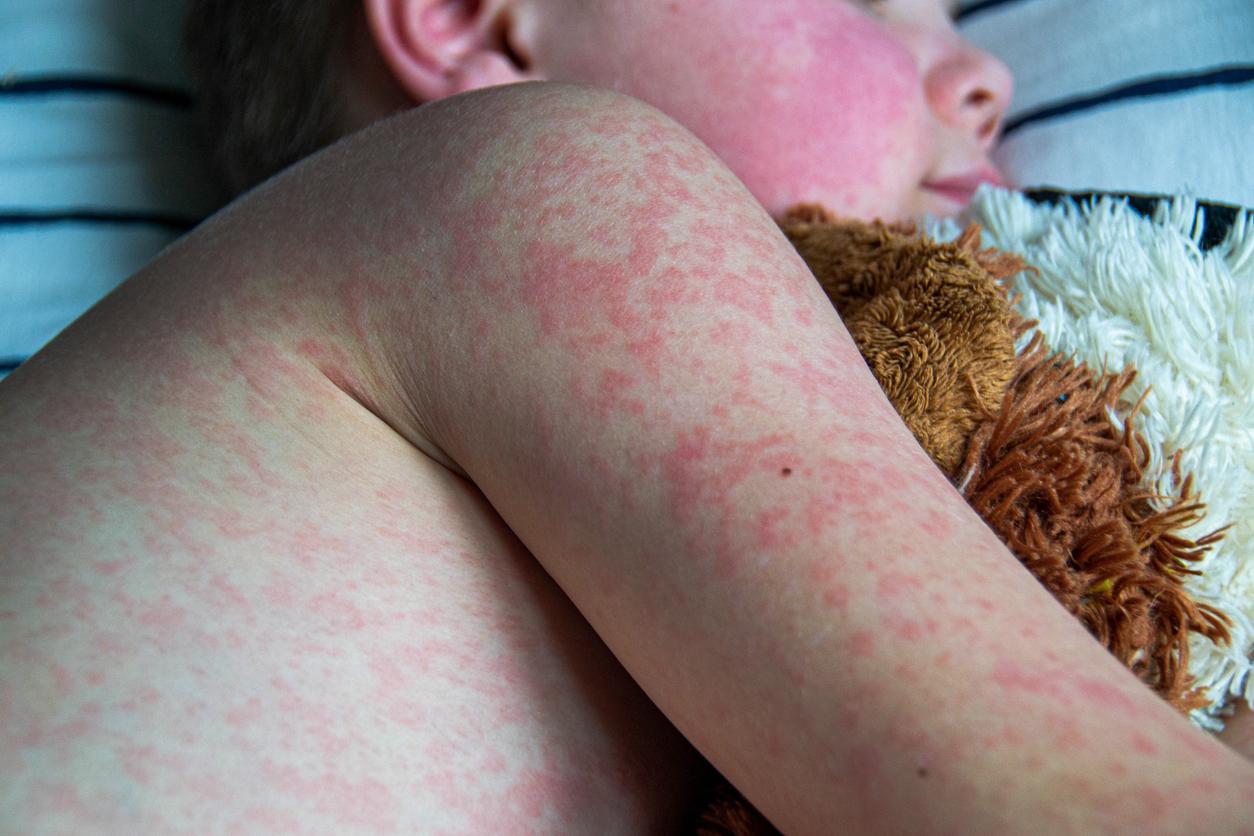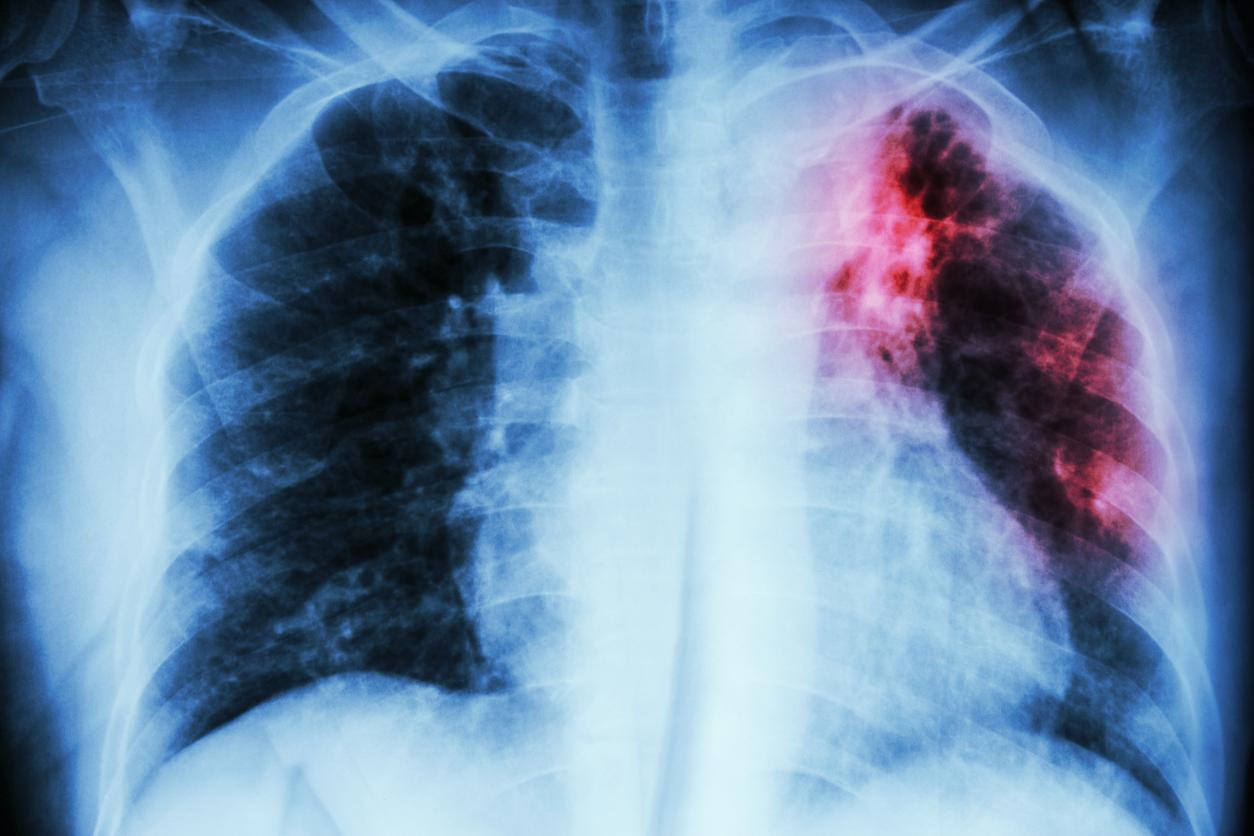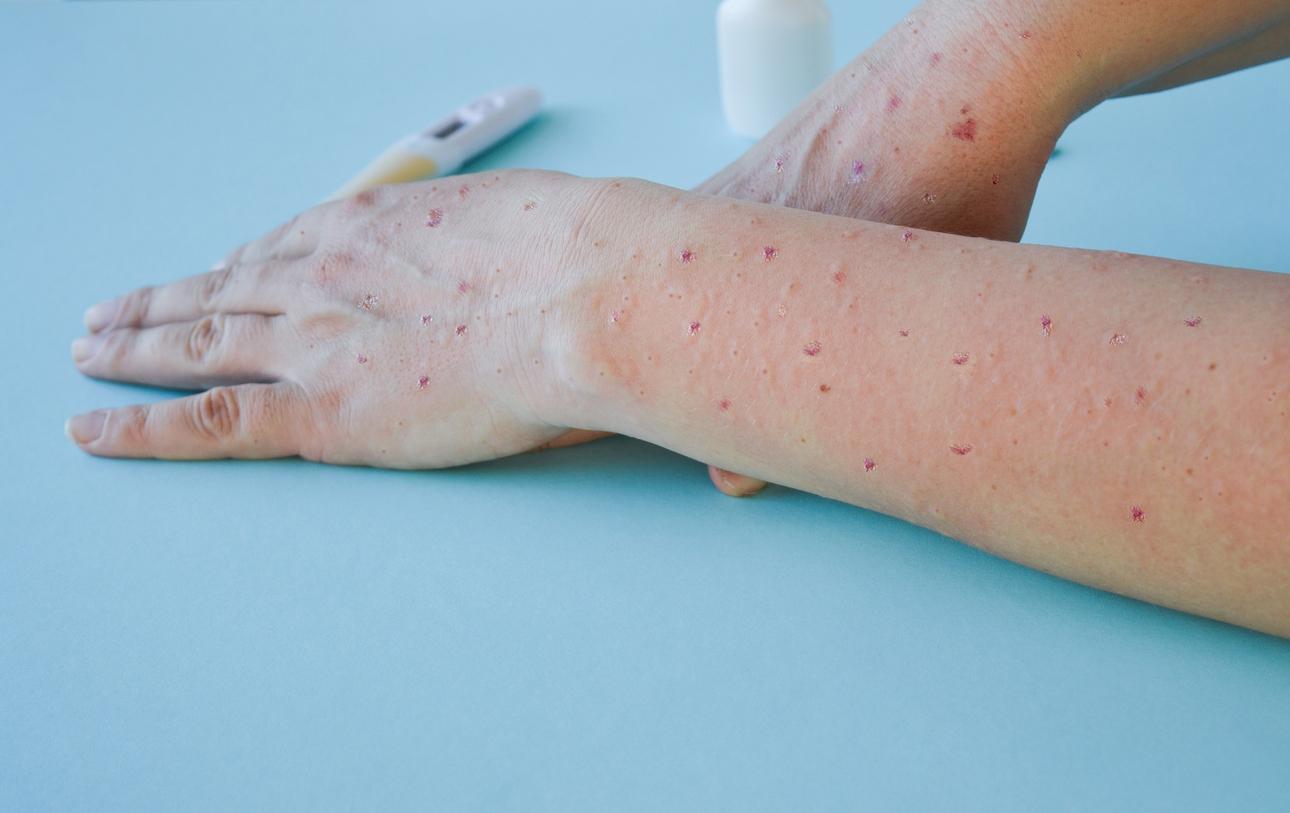The Ebola epidemic which is raging in Africa seems to finally show signs of weakening. But the situation is far from being resolved.

In February 2014, an Ebola epidemic broke out in Guinea, infecting neighboring countries in West Africa at high speed. Little by little, psychosis took hold of the planet. At first underestimated, then overestimated, the epidemic continues to grab the headlines, but the panic seems to have died down. Well Named ?
Assessments, treatments of the virus, epidemiological forecasts … Why actor takes stock of the situation.
Assessment in Africa
The latest report from the World Health Organization (WHO), dated November 14, reports 5,420 deaths out of 15,145 contaminations around the world. But the UN agency believes that these figures are underestimated.
The vast majority of cases are concentrated in three West African countries, led by Liberia. In this country, there are 2,964 deaths for 7,069 infected people. In Sierra Leone, WHO has recorded 1,250 deaths for 6,073 cases. The transmission of the epidemic remains there “intense and very extensive with 533 new cases in one week”, WHO notes. Guinea, for its part, records fewer cases of contamination but the case fatality rate is extremely high: 1,192 deaths out of 1,971 cases. In Mali, the last affected country, there are 6 cases, including 5 deaths.
Good news, despite everything: Nigeria and Senegal are no longer on the list of countries where the epidemic is raging. The two countries have seen a limited number of infected people: 20 (including eight dead) in Nigeria and only one in Senegal, a Guinean student whose recovery was announced by the authorities on September 10. The Democratic Republic of Congo was also removed from the list, after suffering an outbreak of another strain of Ebola (70 cases, 49 deaths).
Health workers are on the front lines of the virus, with 329 deaths out of 584 infections.
Balance outside Africa
Only three cases have been declared outside Africa since the start of the epidemic, which puts suspicion of a global pandemic into perspective. The first patient, a Spanish nurse, was infected at Madrid hospital through contact with two missionaries who had contracted the virus in Africa and died of hemorrhagic fever.
The other two cases occurred in the United States. These are nurses who had treated a Liberian patient at the Dallas hospital. Thomas Eric Duncan had fallen through the cracks of international controls. His symptoms developed a day after arriving in the United States. He is now deceased.
France took in two Ebola patients – an MSF nurse, now cured, and a WHO staff member who is still in Bégin hospital. It is not known in what condition it is. According to our information, he arrived in France at an already very advanced stage of the disease.
Alarmist and anxiety-provoking forecasts
Overall, even if the epidemic is far from over, the efforts of NGOs and the international community are beginning to have an effect. In fact, last week Médecins Sans Frontières welcomed the very first drop in the number of cases in Liberia, but with great caution. “This decline in the number of cases could be only temporary, as it was twice in Guinea, before being followed by a resumption of the epidemic”.
Fortunately, we are very far from the catastrophic forecasts put forward for a few months. In September, American researchers estimated, mathematical model in support, that 100,000 people would have contracted the virus by December. The forecast from the US Federal Centers for Disease Control and Prevention (CDC) was little more optimistic. In September, they predicted 1.4 million cases by January.
“These forecasts are based on the increasing phase of the beginnings of the epidemic,” explains epidemiologist Antoine Flahault, biomathematics specialist. However, in the first months, an epidemic curve is always exponential. This explains why long-term forecasts often produce extremely large numbers – and extremely false ”.
“In truth, we are not able to predict the unpredictable. We should not be issuing forecasts for more than a month. Because beyond that, we are almost always wrong ”. Antoine Flahault knows what he is talking about. In 2009, this epidemiologist predicted that a third of the French population would contract the influenza A (H1N1) virus, and that 30,000 people would die from it. “Precisely, I am drawing lessons from the past…”.
Listen to Antoine Flahault, epidemiologist, specialist in biomathematics : “These forecasts are used to alert … But we should not make catastrophic forecasts to mobilize the troops! “
The vaccine still awaited, the laboratories on the spot
As for treatments against Ebola, research is in full swing. If they have long shunned the virus, rare and unprofitable, pharmaceutical companies are now racing to find the magic cure. But not fast enough, according to the WHO Ebola official, who denounces the reluctance of the industry to look into Ebola cases.
“Historically, there has never really been any investment in tropical diseases,” he explains in an interview with ABC News. When you produce treatments for diseases as rare as Ebola… there is no real market, therefore no commercial viability ”.
But in a few months, the laboratories have upset their order of priority. Thus, two vaccines are being studied – one, being tested in Mali, developed by the British firm Glaxo Smith-Klein, and the other by the Canadian public health agency in Winnipeg. GSK has announced that 10,000 doses will be available in early January, but marketing will not take place until 2016.
“It is true that, in principle, Ebola is not profitable,” explains François Bricaire, head of the Infectious and Tropical Diseases department at Pitié-Salpêtrière. But the virus can become so with the media coverage of an epidemic which will require reflections to vaccinate more widely, both nursing staff and local populations ”.
.














